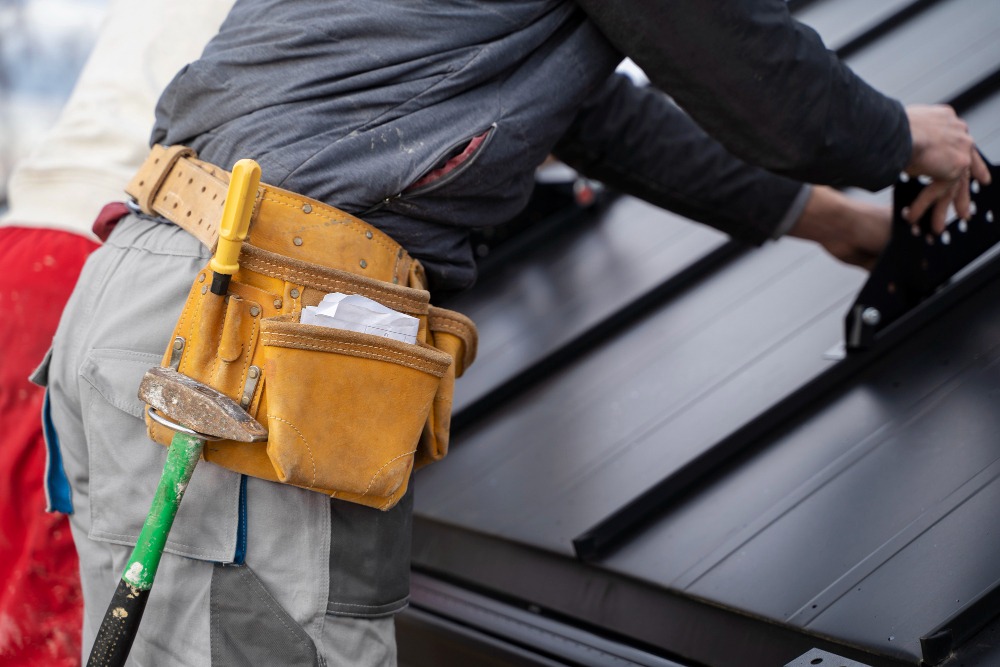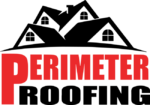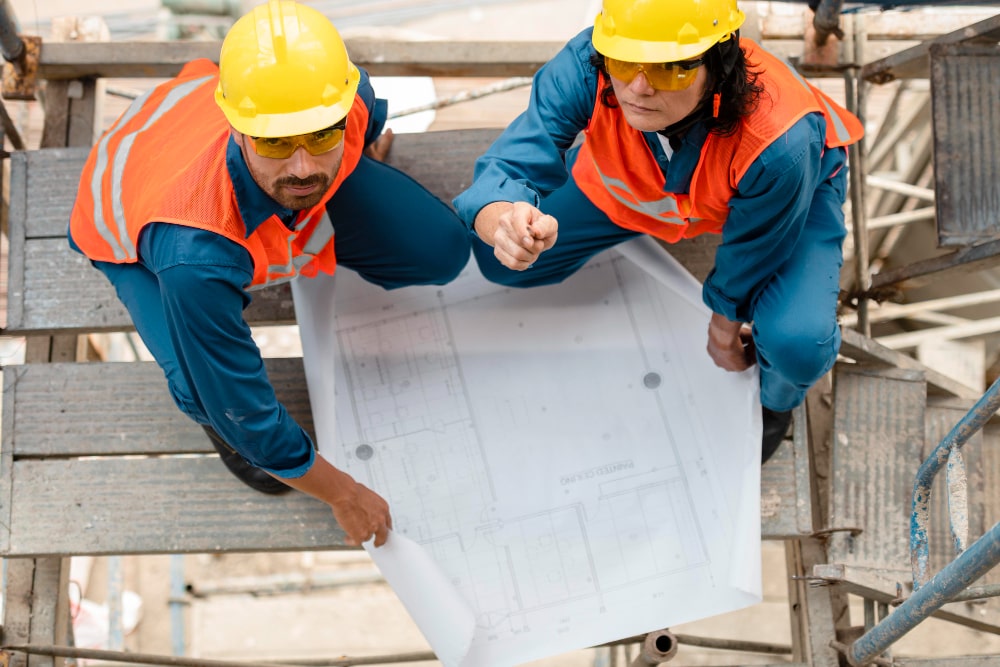The cleanliness and maintenance of your roof are vital for its longevity and overall structural health. However, not all roofs are created equal, and the materials they are composed of can significantly impact the cleaning process.
In this comprehensive guide, we will explore the nuances of roof cleaning for various roofing materials, providing tailored approaches to ensure the longevity and aesthetic appeal of each roof type.
Understanding Roofing Materials
Before delving into specific cleaning methods, it’s essential to understand the characteristics of different roofing materials commonly used in residential structures.
-
Asphalt Shingles
Asphalt shingles are popular for their affordability and versatility. However, they are prone to developing black streaks caused by algae growth. Cleaning asphalt shingles requires a delicate touch to avoid damaging the granules that protect the shingles.
-
Metal Roofing
Metal roofs are durable and resistant to many issues that affect traditional roofing materials. They are prone to developing corrosion, and cleaning methods must be chosen carefully to prevent damage to the protective coating.

-
Tile Roofing
Tile roofs, often made of clay or concrete, are known for their aesthetic appeal and durability. However, they can accumulate dirt, moss, and algae in the crevices between tiles, requiring a specific approach to cleaning without damaging the tiles.
-
Wood Shakes
Wood shakes provide a natural and rustic appearance to a home. Cleaning wood shakes involves addressing issues such as moss and mold growth, which can compromise the integrity of the wood.
-
Slate Roofing
Slate roofs are prized for their elegance and longevity. Cleaning slate requires a gentle touch, as the tiles can be easily damaged. The primary concern is the removal of debris and the prevention of algae growth.
Tailoring Your Approach to Roof Cleaning
Asphalt Shingles: Battling Algae and Stains
Cleaning Method:
To address algae growth on asphalt shingles, a solution of water and chlorine bleach can be effective. This solution, when applied with a soft brush or low-pressure sprayer, can eliminate algae and stains. Alternatively, commercially available algae-resistant shingles can be considered during roof replacement.
Avoid high-pressure washing, as it can dislodge granules and shorten the lifespan of the shingles. Additionally, protect surrounding vegetation from the bleach solution by watering it before and after application.
Metal Roofing: Tackling Corrosion and Stains
Cleaning Method:
A mixture of water and mild detergent can be used to clean metal roofs. For more stubborn stains, a soft brush or sponge can be employed. Avoid abrasive tools that could scratch the protective coating.
Inspect the roof for signs of corrosion. If corrosion is present, consult with a professional to determine the appropriate treatment. Regular inspections and prompt repair of any damaged coatings are crucial for preserving the metal roof’s integrity.
Tile Roofing: Removing Debris from Crevices
Cleaning Method:
Using a soft brush or low-pressure wash, remove debris and dirt from the spaces between tiles. For moss or algae growth, a mixture of water and mild detergent can be applied.
Exercise caution when walking on tile roofs to prevent damage. Consider hiring professionals for thorough cleaning, especially for intricate tile patterns.
Wood Shakes: Addressing Moss and Mold
Cleaning Method:
A mixture of water and oxygen bleach can be used to clean wood shakes. Apply the solution with a soft brush and rinse with water. This helps eliminate moss and mold without harming the wood.
Avoid high-pressure washing, as it can cause splintering and damage to the wood. Applying a sealant after cleaning can help protect the shakes from future issues.
Slate Roofing: Gentle Cleaning for Elegance
Cleaning Method:
Cleaning slate roofs involves using a mild detergent or slate cleaner with a soft brush. Carefully remove debris to prevent damage to the tiles.
Do not use acid-based cleaners or high-pressure washing, as they can erode the slate. Inspect the roof for any loose or damaged tiles, addressing repairs promptly.
General Tips for Roof Cleaning

Safety First
Always prioritize safety when cleaning your roof. Use proper safety equipment, including harnesses, non-slip shoes, and gloves.
Regular Inspections
Perform regular inspections to identify issues before they escalate. Look for damaged or missing shingles, signs of water damage, and areas prone to algae growth.
Prevention is Key
Consider installing zinc or copper strips near the roof’s peak to inhibit algae growth over time.
Professional Assistance
If you’re unsure about the best cleaning methods or encounter significant issues, consult with a professional roof cleaning service. They have the expertise and equipment to handle various roofing materials safely.
Conclusion
Maintaining a clean roof is essential for the overall well-being of your home, and understanding the specific needs of your roofing material is crucial. By tailoring your cleaning approach to the characteristics of asphalt shingles, metal roofing, tile, wood shakes, or slate, you can ensure a thorough cleaning process that enhances both the aesthetic appeal and longevity of your roof.
Regular inspections, preventative measures, and, when necessary, professional assistance will contribute to a well-maintained and resilient roofing system.
Perimeter Roofing Athens offers comprehensive roof cleaning services in Athens, GA, employing gentle yet effective methods to remove dirt, algae, and debris. With a commitment to preserving the integrity of your roof, their professional team ensures a thorough and safe cleaning process, enhancing the aesthetic appeal and longevity of your roofing system.

